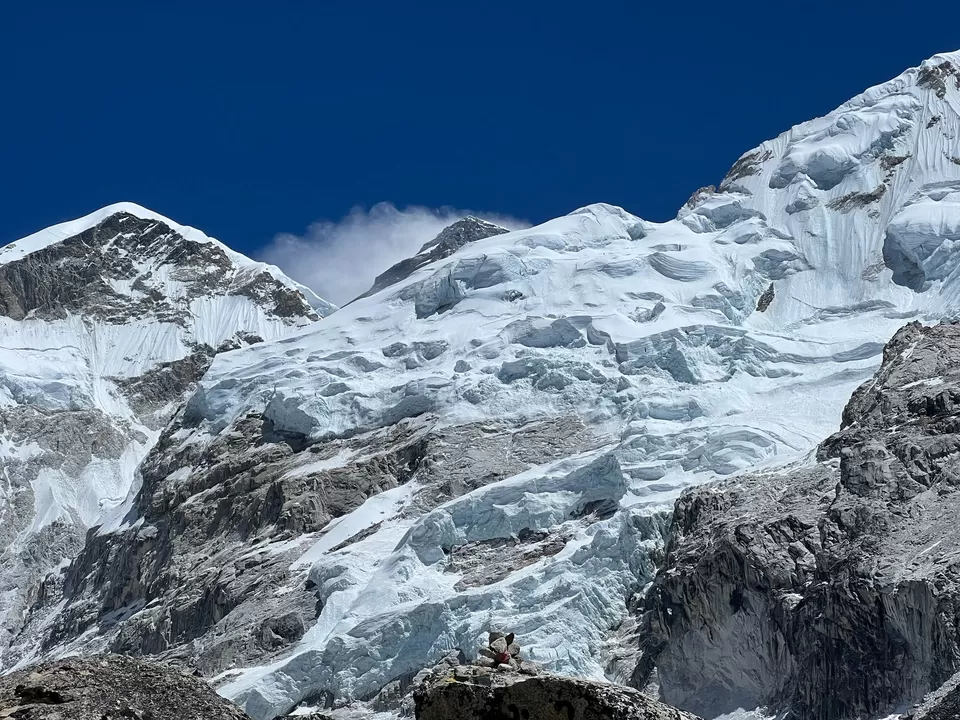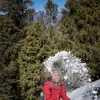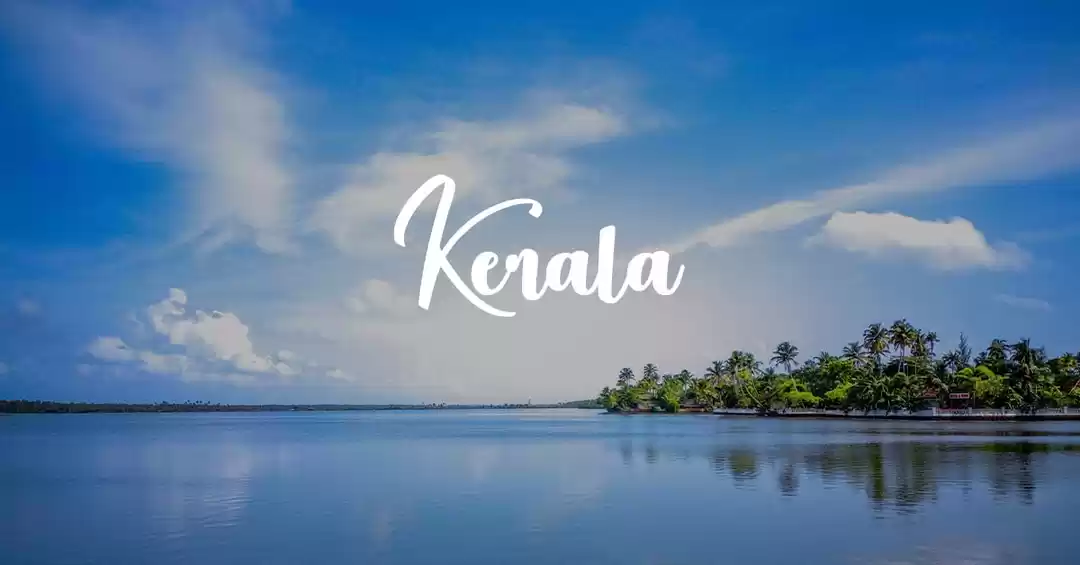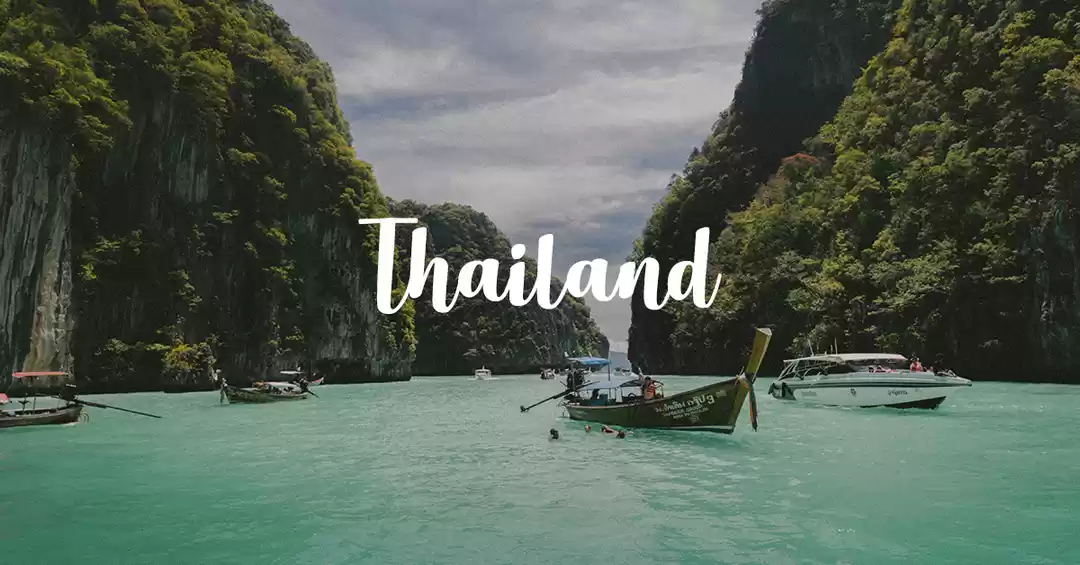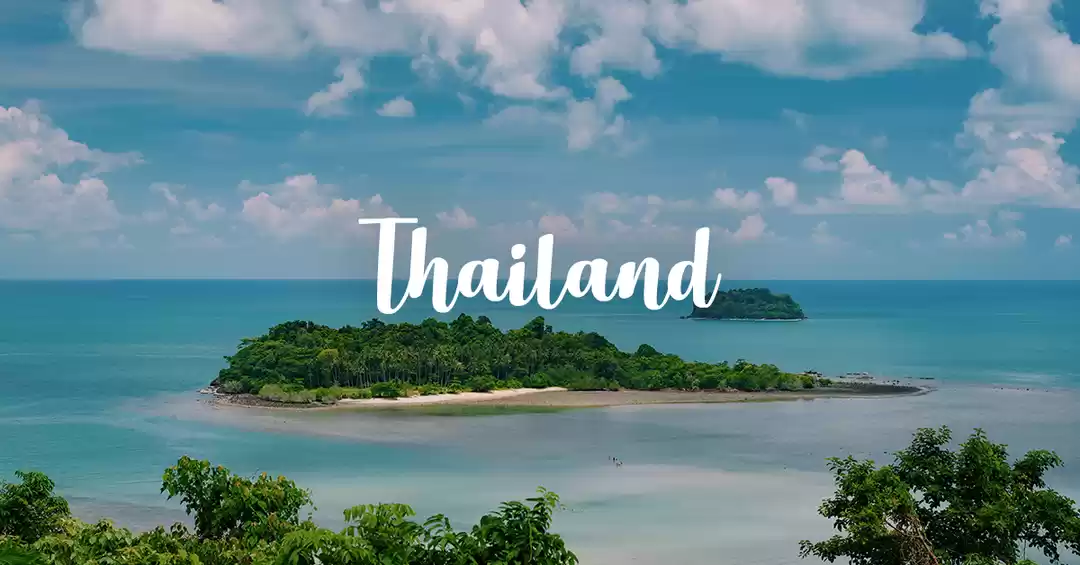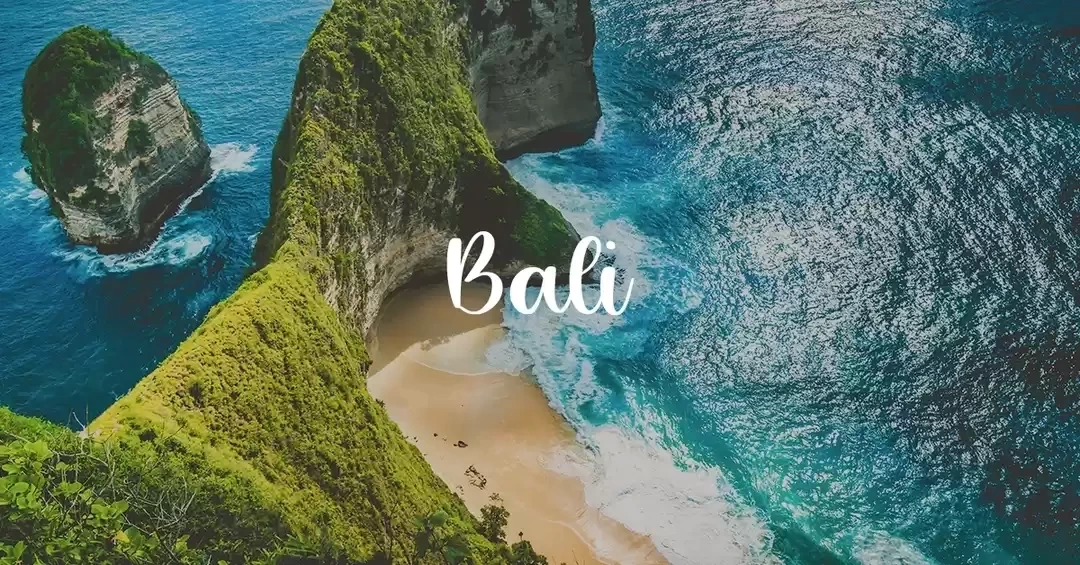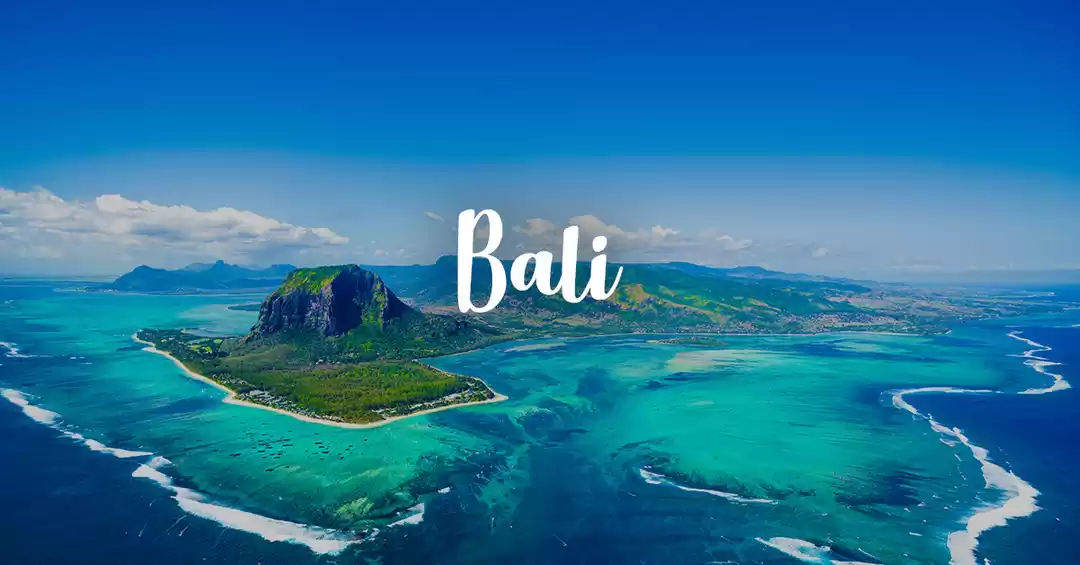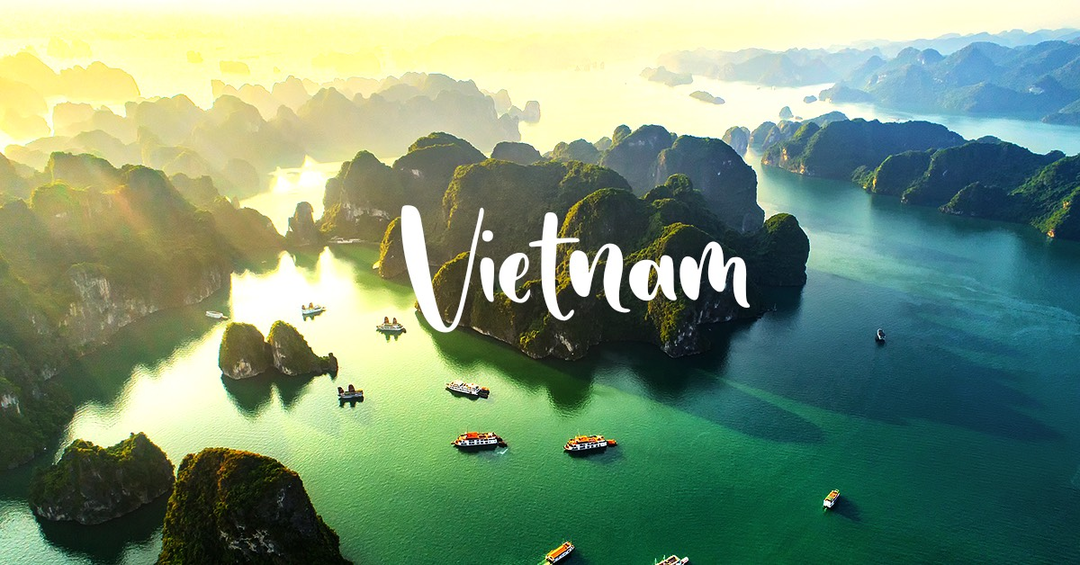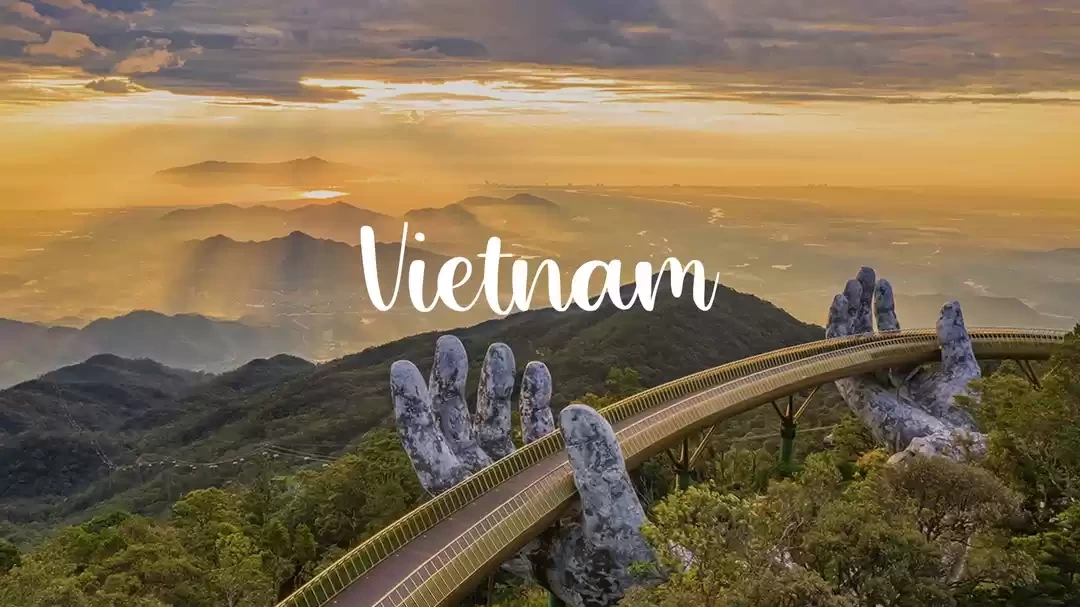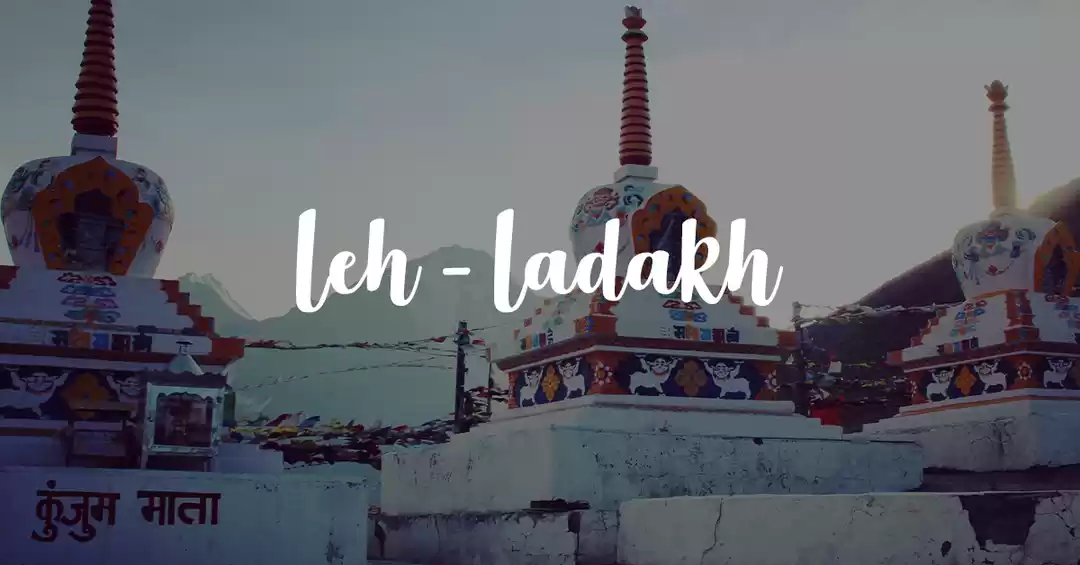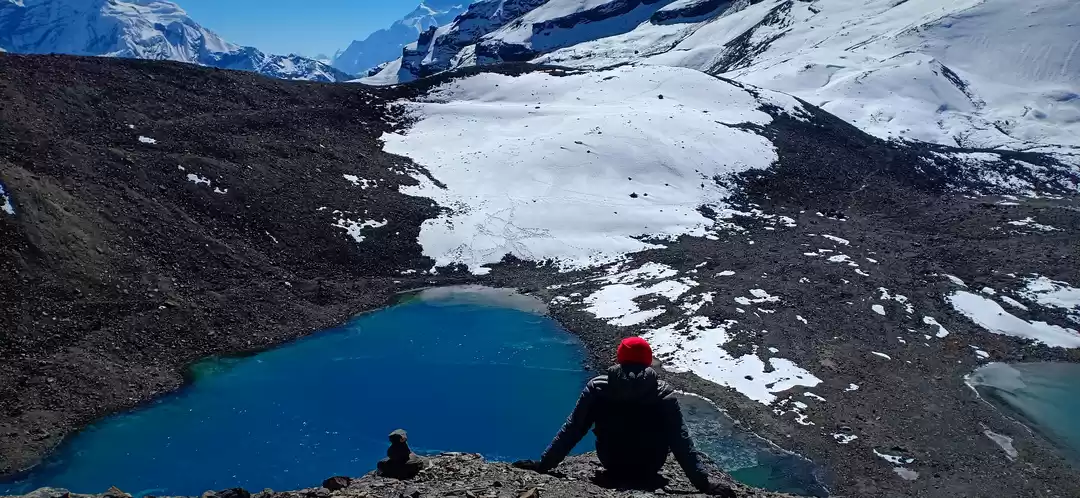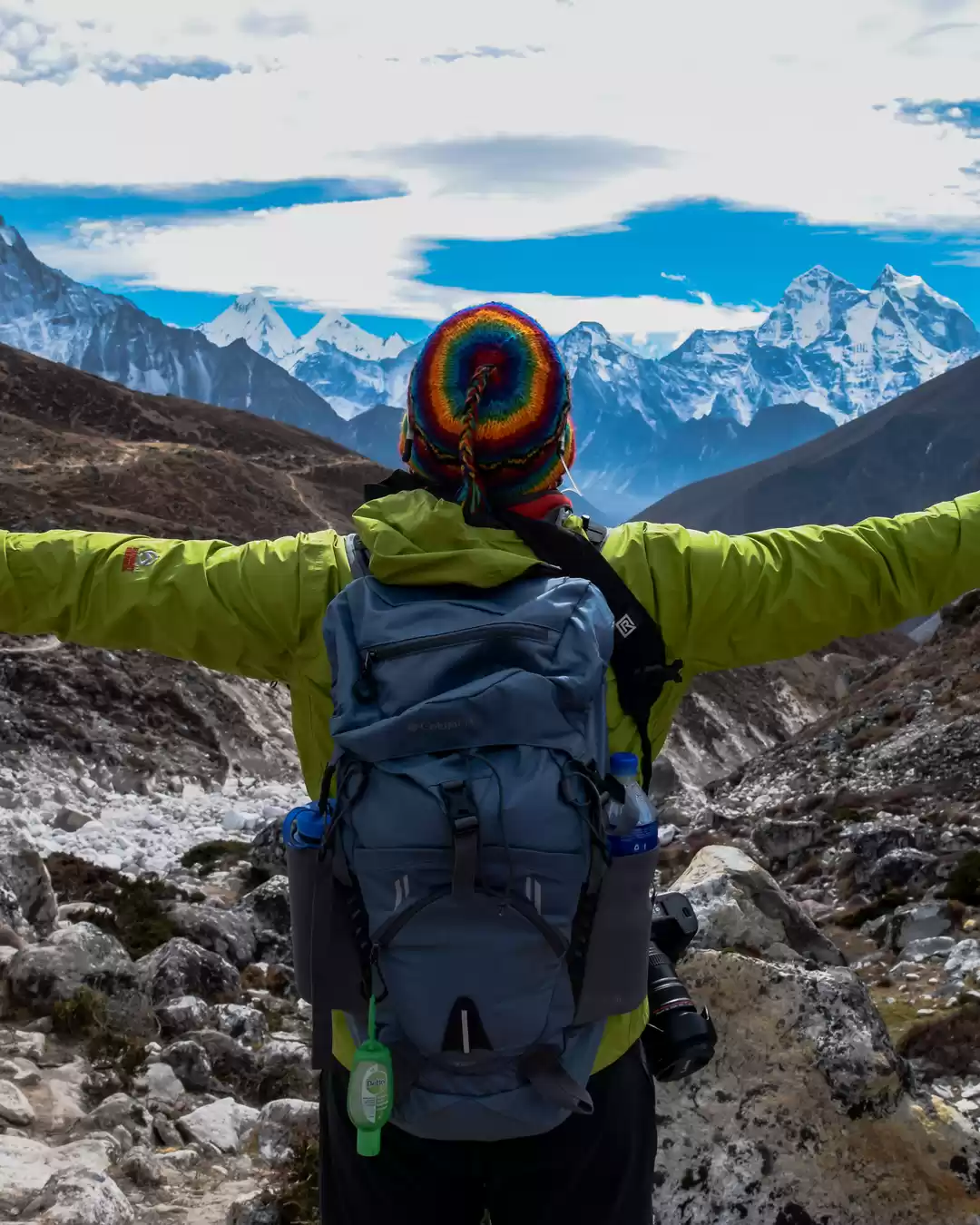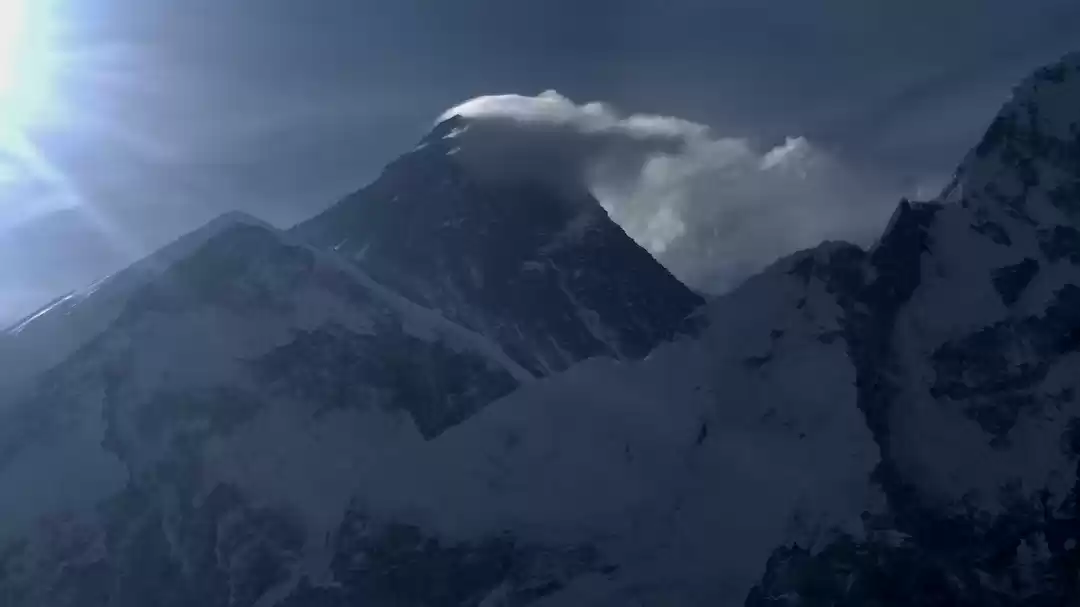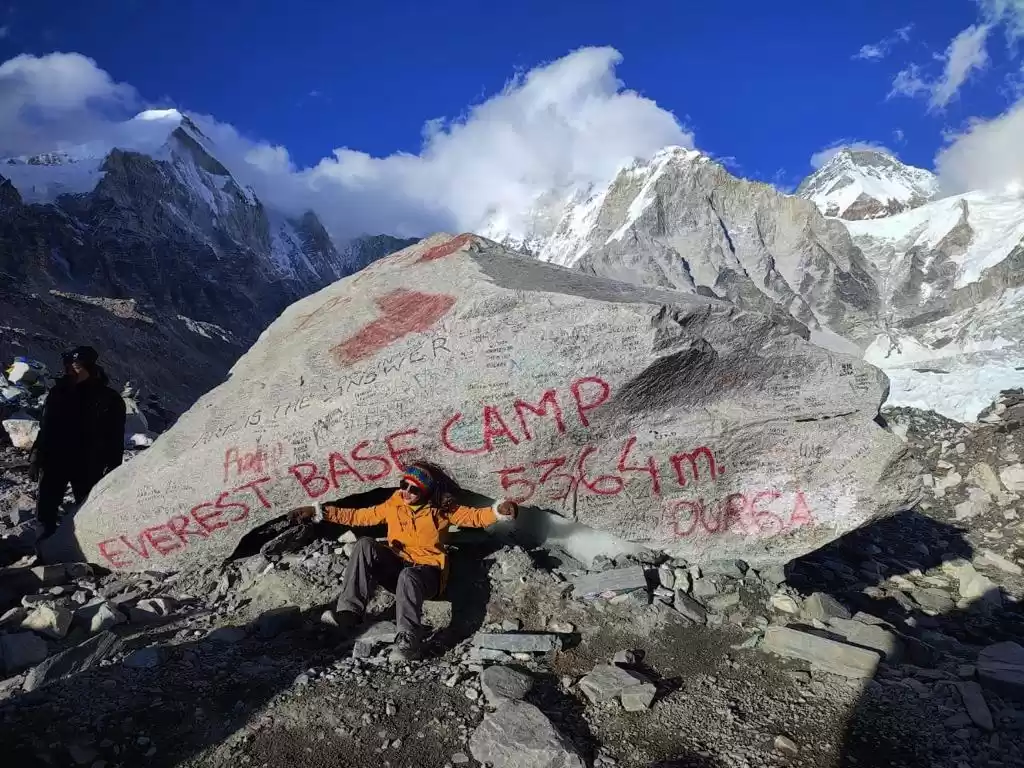1. There are three variations of the EBC trek: EBC via Gokyo Ri, the Three Passes Trek, and the standard EBC route. Among these, the standard EBC trek is the easiest to do independently (DIY).
2. Helicopter services are available to various villages along the EBC trail.
3. Bring cash – you’ll spend a considerable amount on food and other necessities if you're not on a complete package tour. Carry Nepali currency, as there are no currency exchange facilities or online payment options available along the trail.
4. You can buy an EverestLink Wi-Fi card, which costs NPR 2,500 for 10 GB of data.
5. Water is expensive – unlike many Himalayan treks, you can’t refill your bottles from mountain streams here, as the water isn't clean. Carry water purification tablets if you plan to use tap water. Bottled water and thermos flasks are available but can be pricey, and in some villages, buying water is the only option.
6. Even during the spring season, temperatures can drop to -10°C in the final village, Gorakshep.
7. A pair of hiking poles can help you walk faster and improve your endurance and stamina.
8. Protect yourself from the Khumbu Cough! Keep your ears, nose, and mouth covered while sleeping at night. Carry Strepsils – you’ll be surprised by how expensive they are along the trail.
9. Tipping is a widely practiced and accepted custom here – our Nepali guide asked us to pay $1,500 as a tip, even though we were Indians.
10. Battery charging is chargeable. Prices increase as you go deeper into the trek – phone charging ranges from NPR 200–500, while charging camera batteries can cost NPR 500–700.
